Biography
Willem de Kooning (1904-1997)
“Probably the most libidinal painter America has ever had,” according art critic Robert Hughes, looking at de Kooning’s paintings, the way he immersed himself in the female form in his famous ‘Women’ series from the 50s, and the way the body — admittedly in pieces, but the sensual body nonetheless — returns, over and over again, we can’t help but agree with Hughes.
Born in Rotterdam, Netherlands, de Kooning emigrated illegally to the United States in 1926. Along with Jackson Pollock, he became a leading member of the New York School of Abstract Expressionism. De Kooning developed a distinctive, hallmark style, later termed action painting. Peter Schjeldahl described the technique as “an arm motion that unclenched one of the most concentratedly intelligent marks ever seen. The stroke could deliver at once line, shape, color, contour, depth, touch, rhythm, and, crucially, scale… you grasp the muscular eloquence, both fierce and delicate, of that visible exertion, which communicates between the artist’s body and your own… it’s as if he were holding you by the hand as all hell breaks loose around you.”
De Kooning’s paintings contain fragments of bodies that seem to emerge from the thickly applied paint, writhing against one another in an ever-increasing tempo — here an elbow, there a thigh, but nothing explicit, always just suggestions. They also contain fragments of pop culture. Film, advertisements, and iconographic images all find their way into his paintings.
In the 1980s, de Kooning began to suffer from the ravages of Alzheimers, but continued to paint for nearly a decade as his mind gradually descended into senility. Many of the paintings from this late period have stymied critics, for they are both evolutionary extensions of his previous work and something new. Although difficult to understand, the late paintings contain an undiminished power and excellence. Schjeldahl once again: “I propose that late de Kooning is the degree zero of painting, attained not through simplification but, fully complex, through being emptied of anything not identical with its execution. This work henceforth defines the verb ‘to paint’.

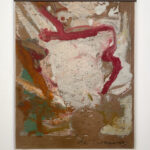 Untitled
Untitled
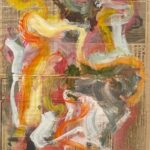 Untitled
Untitled
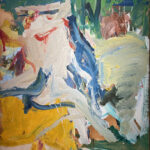 Woman (Seated)
Woman (Seated)
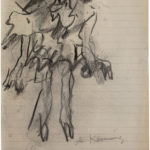 Standing Woman
Standing Woman
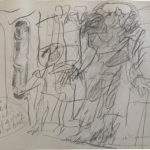 Trees Clouds and Figures and a Boat
Trees Clouds and Figures and a Boat
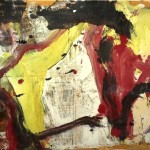 Untitled
Untitled
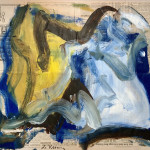 Untitled
Untitled
 East Hampton VII
East Hampton VII
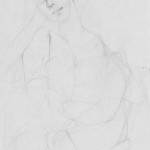 Seated Woman
Seated Woman
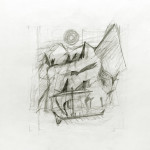 Tutorial Sketcher Homer
Tutorial Sketcher Homer
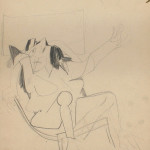 Seated Woman
Seated Woman
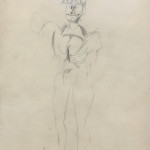 Standing Figure
Standing Figure
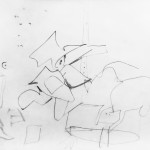 Untitled (Abstraction)
Untitled (Abstraction)
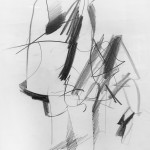 Standing Figure
Standing Figure
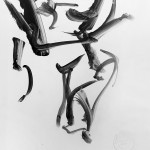 Head of a Woman II
Head of a Woman II
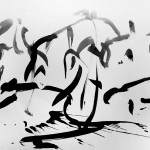 Untitled (Landscape)
Untitled (Landscape)
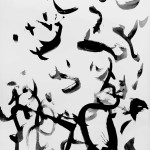 Untitled
Untitled
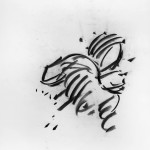 In Concrete
In Concrete
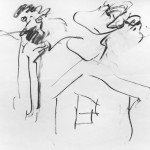 Untitled (Landscape)
Untitled (Landscape)
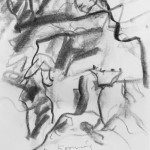 Untitled (Standing Figure)
Untitled (Standing Figure)
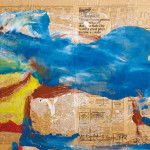 Landscape
Landscape
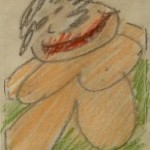 Woman I
Woman I
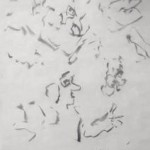 Untitled
Untitled
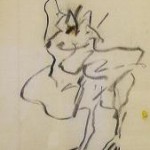 Standing Woman
Standing Woman
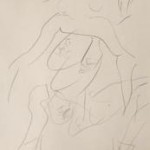 Standing Woman
Standing Woman
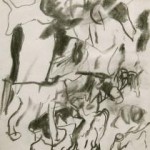 Untitled
Untitled
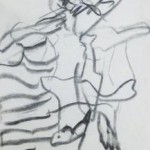 Untitled (Standing Figure)
Untitled (Standing Figure)
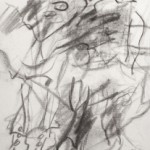 Woman Walking
Woman Walking
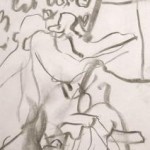 Untitled (Woman in Bed)
Untitled (Woman in Bed)
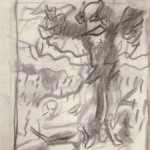 Untitled (Landscape East Hampton)
Untitled (Landscape East Hampton)
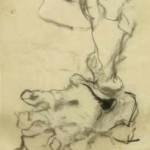 Untitled (Clamdigger)
Untitled (Clamdigger)
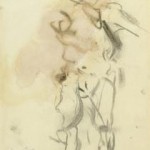 Standing Woman
Standing Woman
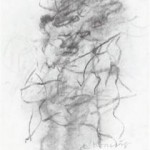 Standing Marilyn
Standing Marilyn
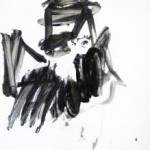 Man’s Head
Man’s Head
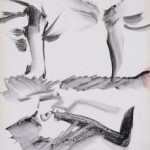 The Ladybird
The Ladybird
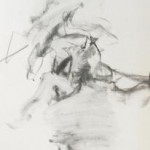 Figure Study
Figure Study
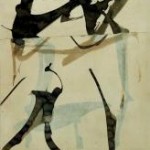 Blue and White (Standing Woman)
Blue and White (Standing Woman)
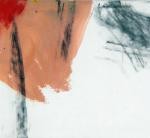 Untitled number 17
Untitled number 17
 Untitled #12
Untitled #12
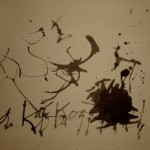 Untitled
Untitled
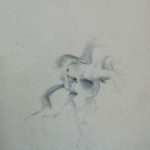 Seated Woman
Seated Woman
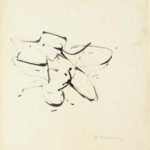 Ink Drawing #4 (Woman)
Ink Drawing #4 (Woman)
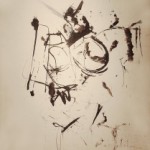 Standing Woman
Standing Woman
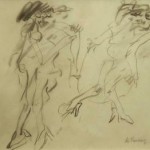 Two Women Walking (Double Marilyn)
Two Women Walking (Double Marilyn)
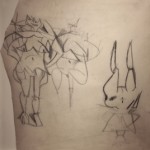 Three Women
Three Women
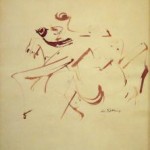 Woman
Woman
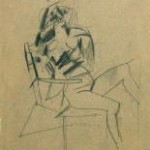 Woman seated in chair (untitled # 32)
Woman seated in chair (untitled # 32)
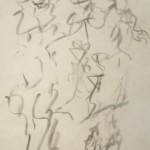 Untitled (Standing Figures)
Untitled (Standing Figures)
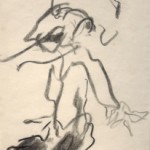 Untitled (Standing Figure)
Untitled (Standing Figure)
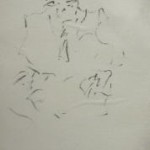 Portrait of Frederick Keisler
Portrait of Frederick Keisler
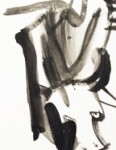 Head of a Cow
Head of a Cow
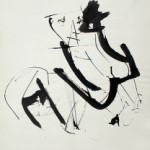 Head of a Man
Head of a Man
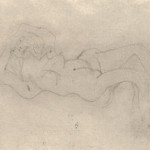 Reclining Woman
Reclining Woman
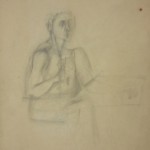 Seated Figure
Seated Figure
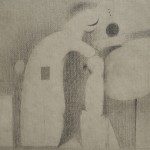 Untitled (Study for the Williamsburg Housing Project)
Untitled (Study for the Williamsburg Housing Project)